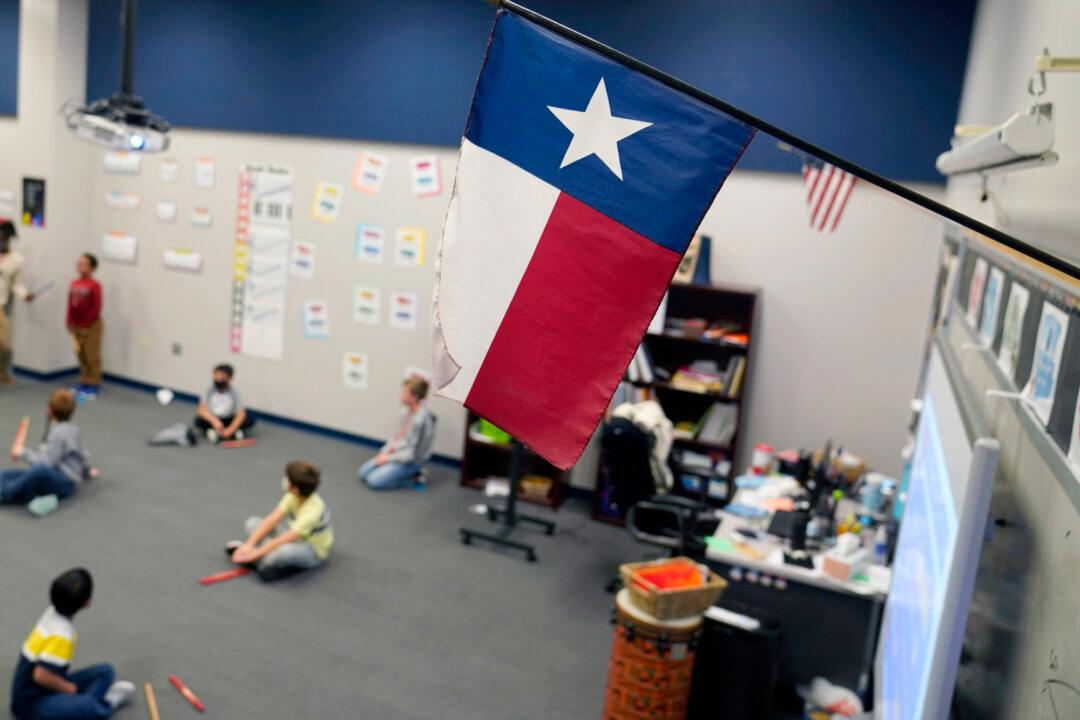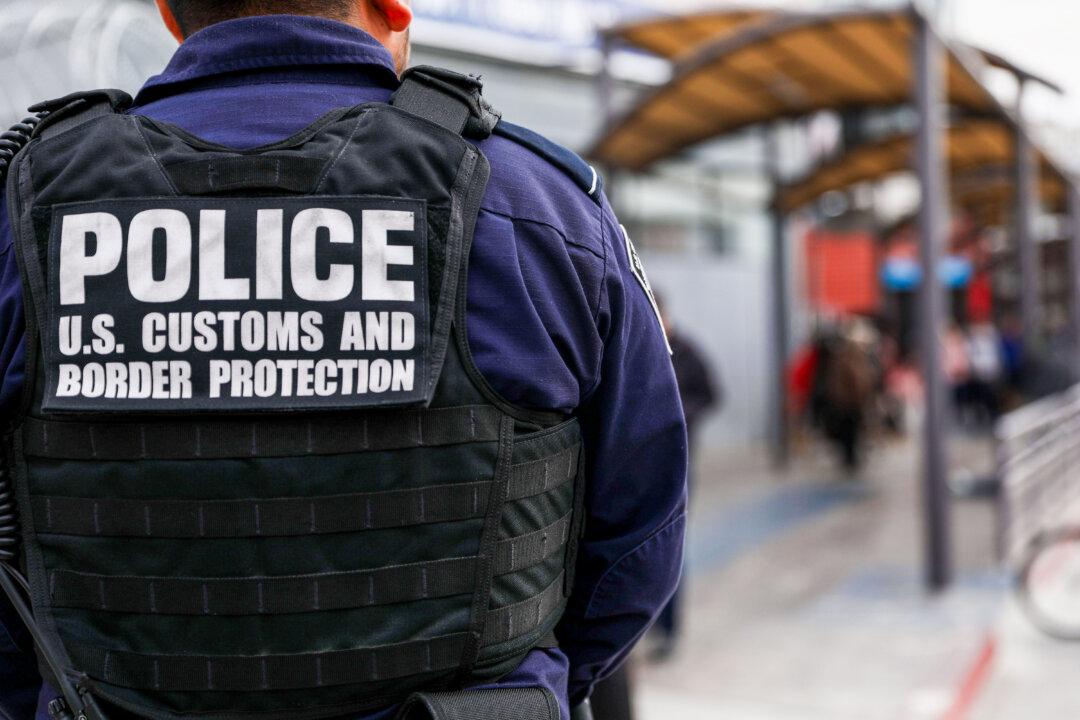Despite concerns of major CCP virus outbreaks in reopened K-12 school buildings, a new Brown University study suggests a very low risk of transmission among teachers and students who return to in-person instruction.
As of Sept. 24, the data shows a 0.23 percent confirmed or suspected rate among students, while only 0.51 percent of school staff had confirmed or suspected COVID-19 cases. Solely confirmed cases were even lower at 0.075 percent for students and 0.15 percent for teachers.

“I don’t think that these numbers say all places should open schools with no restrictions or anything that comes close to that,” Oster warned. “Ultimately, school districts are going to have different attitudes toward risk.”
The findings came after Science Magazine published a new analysis indicating that children and adolescents are at a “much lower risk” of contracting the CCP virus than any other age group, although the reason for the lower burden of the disease in children is not yet clear.
The research also highlighted the “indirect, but very real, harms” that school closures could do to children’s physical and psychological health, including a potential reemergence of vaccine-preventable diseases such as measles due to disruptions to immunization programs.
“In the event of seemingly inevitable future waves of COVID-19, there is likely to be further pressures to close schools,” the researchers wrote. “There is now an evidence based on which to make decisions, and school closure should be undertaken with trepidation given the indirect harms that they incur. Pandemic mitigation measures that affect children’s wellbeing should only happen if evidence exists that they help, because there is plenty of evidence that they do harm.”





